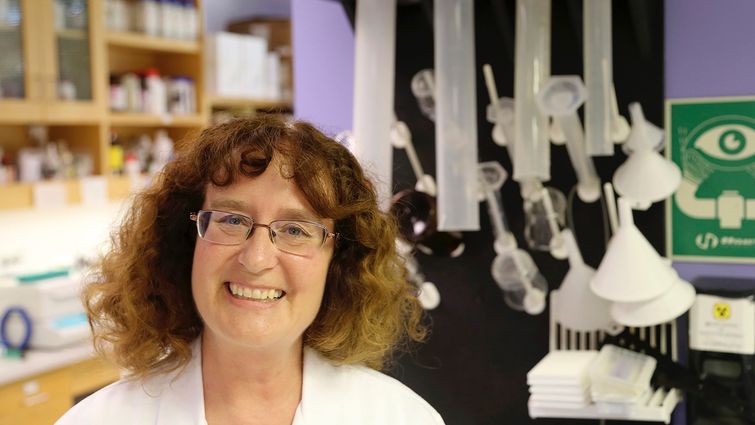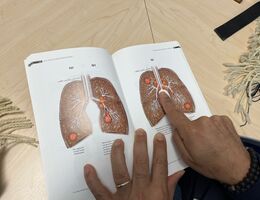
Dr. Penelope Duerksen-Hughes’s research investigates mechanisms behind cancer prevention.
Changes in the national trends in cancer diagnoses over the decades reflect our growing understanding of cancer prevention, says Penelope Duerksen-Hughes, PhD, associate dean of basic science and translational research at the Loma Linda University School of Medicine. She says the medical community is constantly seeking to understand more about the mechanisms behind cancer prevention, which are multi-faced and intertwined.
"When the U.S. declared its 'War on Cancer' 50 years ago, the thought was that there'd be a single solution, but that is not the case," Duerksen-Hughes says. "We can now cure more than half of cancers whereas initially, we couldn't cure any. We've made that progress by building incrementally on what we know.”
For February's Cancer Prevention Awareness Month, Duerksen-Hughes discusses how cancer prevention is a lifelong endeavor that we can approach from several angles.
Read: Half a century of research, clinical advancements culminate in preserving patient lives
Think of cancer as a process that unfolds over a timeline — one that begins far before any diagnosis is established — says Duerksen-Hughes. Research estimates that about seven different mutations or malfunctions occur in a human cell before it becomes a cancer cell. As we age, the chances of something going wrong in any of our cells increase. Once someone accumulates a threshold of cancer cells, specific screening tools can detect the cancer, which allows them to access early treatment with the best chance of overcoming the cancer.
“Cancer prevention is everything that happens from those very early events up until you can find the cancer,” she says. “So, if mutation number seven causes you to develop colon cancer, you could have prevented colon cancer by preventing mutations number one, two, three, and so on. All of these opportunities to prevent cancer exist over the decades that precede an actual cancer diagnosis.”
There are many well-known ways to prevent cancer, including not smoking and following a healthy diet. On the other hand, researchers are still seeking to better understand prevention factors such as activity, sleep, and social networks.
Read: Nutritionist’s tips on curating a cancer-fighting diet
Duerksen-Hughes highlights two other aspects of cancer prevention:
- Vaccines: Viruses such as the human papillomavirus (HPV) and hepatitis are known to increase the risk of certain types of cancer — including cervical, anal, liver, head and neck, and throat — and cause about 15% of all cancers nationally. Vaccines for HPV and Hepatitis B offer a unique tool by protecting against the specific infections known to increase cancer risk.
- Reactive Oxygen Species: ROS are tiny, unstable molecules that contain oxygen. While our bodies produce ROS naturally, too many ROS can cause oxidative stress, damaging our DNA and triggering cell mutations. Several factors that can increase oxidative stress and potentially raise the risk of cancer include smoking, excessive alcohol consumption, stress, sun exposure, and environmental toxins. Therefore, anything you can do to decrease the level of excess oxidative stress in the body over time can help prevent cancer.
Finally, Duerksen-Hughes identifies three other strategies under the cancer prevention umbrella.
- Delay: Most cancer is an age-related disease, and the speed at which we age affects cancer risk. Engaging in lifestyle factors that correlate with slower aging could enable someone to live a full life before cancer becomes an issue.
- Buffer: Not everyone who carries an increased risk for cancer will develop cancer, and of those who do, some deal with it better than others. Modifiable factors such as lifestyle choices can impact that individual’s chances of actually developing cancer.
- Intercept: If one step in cancer development has occurred (for example, a risky gene, HPV infection, or early prostate cancer), one can sometimes tap into lifestyle- or clinical-type interventions that can slow or stop the cancer’s development.
“We are still learning new and effective ways to prevent cancer,” she says. “But from what we know, it’s clear that the sooner we can prevent, delay, buffer, and intercept cancer, the better.”
Loma Linda University Cancer Center offers patients comprehensive care that gives them the best opportunity to diagnose and overcome cancer. To learn more about all of the resources offered to cancer patients at the center, visit lluh.org/cancer-center or call 1-800-782-2623 to make an appointment.


